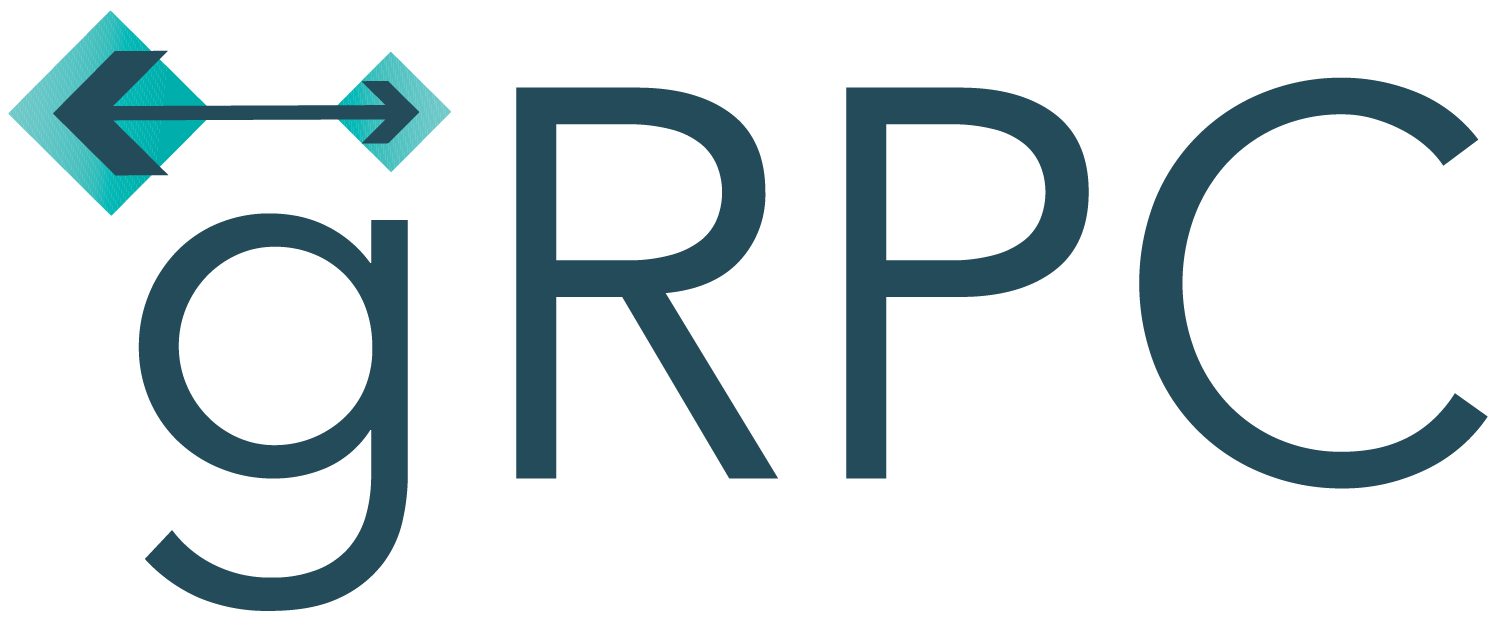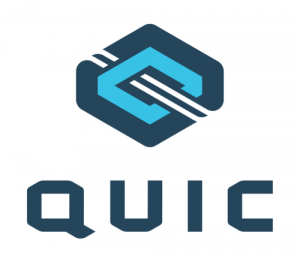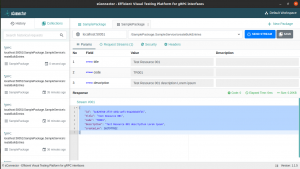
Performance optimization techniques for microservices
Performance optimization is crucial for microservices as it directly impacts user experience and overall system reliability. By carefully analyzing and fine-tuning various aspects of a microservice architecture, organizations can achieve faster response times, reduced latency, improved scalability, optimal cloud resource utilization thus reduce billing.




